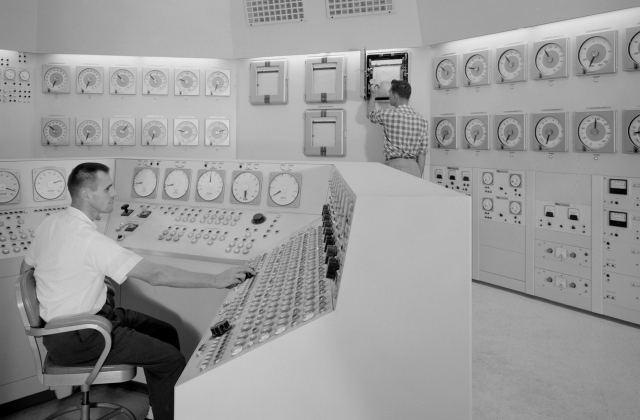When it comes to technology, the allure of the upgrade is hard to resist. After all, who doesn’t want a smartphone with a faster processor, a slicker interface, and even a 50 megapixel camera? Judging by the length of the early morning line-ups every time a new device is released, instant upgrade gratification is the order of the day – at least where consumer gadgets are concerned.
For Enterprises, No Quick Path to Gratification
For enterprises or other large organizations with complex IT and communications environments, there is no quick path to upgrade gratification.
Major upgrades and improvements to existing software systems simply cannot be done quickly, without significant foresight, planning and execution. The stakes are too high. Making a significant change to a single system used by hundreds or even thousands of employees to perform activities that are critical to day-to-day business operations is a risky proposition. In a large organization, where there may be dozens of systems that have outlived their usefulness, this risk grows exponentially.
On the other hand, putting off the inevitable is likewise a recipe for future pain. Clinging stubbornly to the status quo for too long can mean reduced productivity, employee dissatisfaction and escalating costs.
Four Reasons to Consider Software Modernization
Determining the timing and scope of any software modernization project will depend on many complex factors. That said, here are four of the top reasons why you should consider doing something about the systems that are no longer getting the job done:
1. Times change, needs evolve. There’s a good chance the business and technical requirements for your original purchase have changed, possibly dramatically. If you’re not ready to contemplate replacing the software for something more aligned with your needs, you’re living without critical features you need while still paying significant maintenance and support costs. Your total cost of ownership continues to increase while your software continues to disappoint.
2. Silos, silos, and more silos. In a modern enterprise, systems need to interact, the more seamlessly the better. And while most modern software systems meet this requirement, many of the legacy systems now in place were never intended to share data with each other, let alone seamlessly. The result? Manual intervention and reduced productivity, duplication of effort, and increased costs.
3.Usability has improved dramatically. Over the last several years, the tech industry has made enormous strides in the area of usability. Everything’s easier to use – mobile apps, operating systems, you name it – and users have grown accustomed to the simplicity and the impact it has on getting things done more efficiently. It’s not hard to see how a clunky, outdated user interface could have a negative impact on productivity.
NetFore can help with your modernization project
NetFore has completed many software modernization projects for organizations across many different sectors. Get in touch today and let’s talk about how we can help with your project!




